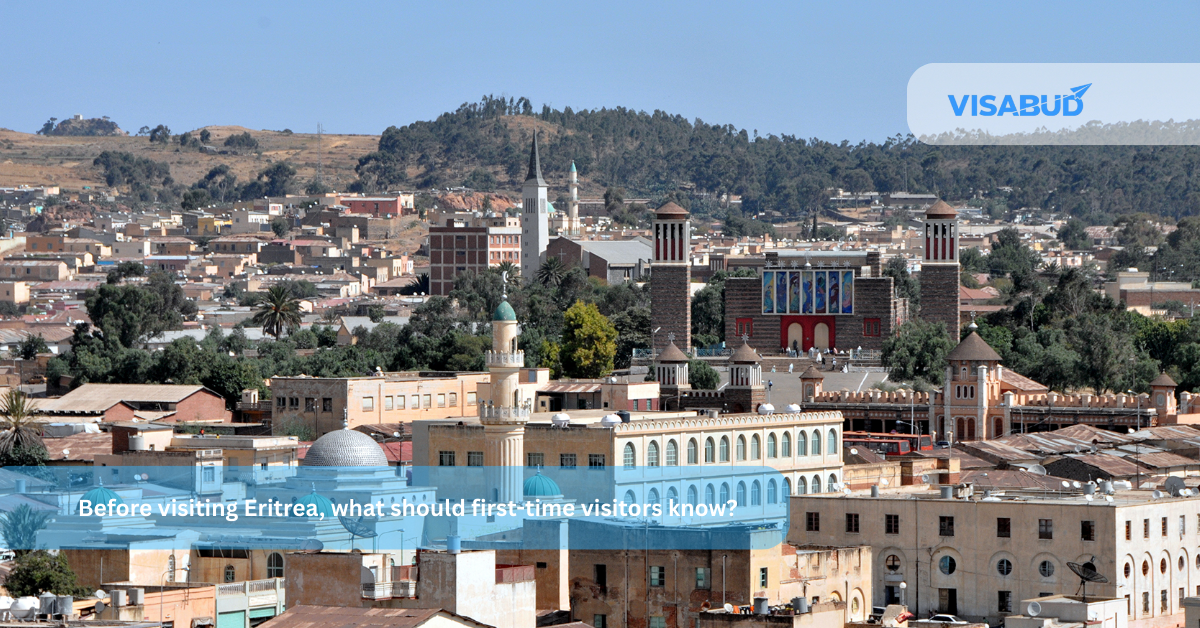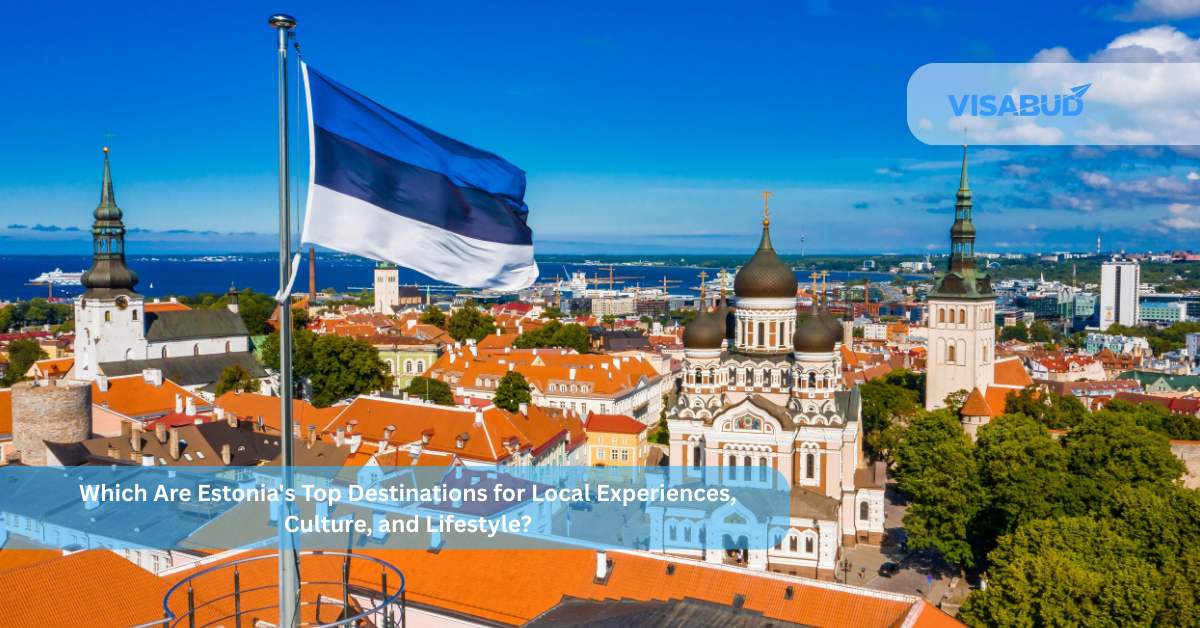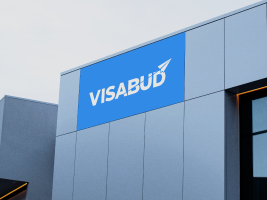Montenegro Travel Guide: All you need to know to visit Montenegro in 2025
Welcome to Montenegro
Montenegro country information
Montenegro is a hidden gem nestled in the Balkan Peninsula of Southeastern Europe. Known for its breathtaking landscapes, crystal-clear Adriatic coastline, and rich cultural heritage, Montenegro offers visitors a warm and inviting destination. From the majestic mountains of Durmitor National Park to the enchanting beauty of the Bay of Kotor, there is something for every nature lover and adventurer.
Geography
Montenegro, located in Southeastern Europe on the Balkan Peninsula, is a small but geographically diverse country. It borders Croatia to the west, Bosnia and Herzegovina to the northwest, Serbia to the northeast, Kosovo to the east, and Albania to the southeast. Montenegro has picturesque beaches, rocky cliffs, and charming coastal towns. Inland, Montenegro is characterized by rugged mountains, including the Dinaric Alps, which offer breathtaking landscapes, deep canyons, and stunning lakes such as Lake Skadar. The Bay of Kotor, a UNESCO World Heritage site, features fjord-like formations and medieval towns within its pristine waters. Montenegro’s diverse geography provides ample opportunities for outdoor activities, including hiking, skiing, and water sports, making sports enthusiasts.
Climate
Montenegro experiences a Mediterranean climate along its coastline. The Mediterranean climate is characterized by arid summers and mild winters. During the summer, the coastal temperature goes to about 36°C, but during winters, the temperature drops to10°C. Inland areas, more so the mountainous regions, experience relatively cold winters. The mountain peaks receive significant snowfall, making them popular destinations for winter sports enthusiasts. Rainfall is highest during the autumn and winter months, while the summer season is generally dry. Montenegro’s climate offers a pleasant and diverse environment, with opportunities to enjoy coastal and mountainous landscapes throughout the year.
Economy
Montenegro’s economy is primarily driven by the services sector, with tourism playing a crucial role as a significant contributor to the country’s GDP. The stunning Adriatic coastline, historical sites, and natural landscapes attract a growing number of visitors annually. Additionally, Montenegro has invested in infrastructure development, attracting foreign investment in real estate and hospitality. Montenegro’s economy focuses on energy, agriculture, and manufacturing sectors. Montenegro has been investing in renewable energy projects, particularly hydropower and wind energy, to reduce its dependence on imported energy. Agriculture, although relatively small in scale, contributes to the domestic market with products such as wine, olive oil, and dairy. Montenegro’s economic growth potential and strategic location have positioned it as an emerging market in the Balkans, offering further development and investment opportunities.
Culture
Montenegro boasts a rich cultural heritage shaped by its diverse history and influences from neighboring countries. The country’s cultural landscape is a tapestry of traditions, art, music, and cuisine. Montenegrins take pride in their unique cultural identity, characterized by a fusion of Slavic, Mediterranean, and Balkan influences. Traditional folk music is deeply cherished and celebrated with its soulful melodies and intricate dances. Montenegrin cuisine showcases a delightful blend of flavors, with dishes like Njeguški pršut (smoked ham), seafood specialties along the coast, and hearty mountain cuisine. Montenegro’s historic cities and towns, such as Kotor, Budva, and Cetinje, are home to well-preserved medieval architecture, ancient churches, and cultural landmarks. Festivals and events throughout the year, including religious celebrations, summer concerts, and theatre performances, provide opportunities to immerse oneself in Montenegrin culture. Hospitality and a strong sense of community are central to Montenegrin culture, welcoming visitors to experience the warmth and vibrancy of the country’s cultural traditions.
Government
Montenegro is a parliamentary republic with a multi-party political system. The country operates under a democratic framework. The President is elected through a direct popular vote for a five-year term. The Parliament of Montenegro, known as the Skupština, consists of 81 members elected through a proportional representation system for four years. The Prime Minister holds the government’s executive power. Montenegro’s judicial system is independent. Montenegro is a member of international organizations such as the United Nations (UN), the (EU), and the North Atlantic Treaty Organization (NATO). The government of Montenegro is committed to promoting stability, democracy, and economic development, as well as pursuing European integration and strengthening international partnerships.
Languages
The official language of Montenegro is Montenegrin, which is recognized as the country’s national language. Montenegrin is a South Slavic language and is mutually intelligible with Serbian, Croatian, and Bosnian. In addition to Montenegrin and Serbian, other languages spoken in Montenegro include Albanian, Bosnian, and Croatian, reflecting the diverse ethnic makeup of the population. English is increasingly becoming more prevalent in tourist areas and among younger generations. Montenegro’s multilingual environment creates a welcoming atmosphere for visitors and facilitates communication in various contexts, contributing to the country’s cultural diversity and linguistic richness.
Religion
Montenegro is a country with diverse religious affiliations and a history shaped by various influences. Most Montenegro people subscribe to Orthodox Christianity, with the Serbian Orthodox Church being widely used. Islam is also practiced by a significant portion of the population, particularly among the Albanian and Bosniak communities. Catholicism holds a presence among the Croat population, particularly in coastal areas. Other religious communities, including Protestant denominations and smaller religious groups, contribute to the religious diversity of Montenegro. The country upholds religious freedom and respects the rights of individuals to practice their chosen faith. Religious festivals and holidays are celebrated yearly, providing opportunities to experience different religions’ cultural richness and traditions.
Related Articles

5 min read
Before visiting Eritrea, what should first-time visitors know?
Eritrea is a quiet, culturally rich country in East Africa that rewards patient and respectful travelers. First-time visitors should know about visa rules, travel permits, local customs, limited internet access,
Read More
5 min read
What Should First-Time Travelers Know Before Visiting South Korea?
South Korea is a fascinating country where modern technology meets centuries of tradition. For first-time travelers, the country can be both exciting and overwhelming. From the bustling streets of Seoul
Read More
5 min read
Which Are Estonia’s Top Destinations for Local Experiences, Culture, and Lifestyle?
Estonia may be a small country in Europe, but it offers deep culture, peaceful lifestyle, and real local experiences that many travelers miss when visiting bigger destinations. It is calm,
Read MoreA permit is required for Indian citizens visiting Montenegro, and it is advisable to apply before the traveling dates to Montenegro.
Apply through us; follow the below step to get your visa through us:
- Choose your preferred Niger visa
- Pay online
- Submit documents to us
- Receive your visa once approved
A short-term visa is valid for a stay of 90 days with 180 days, while a long-term ticket is valid for 365 days.
Visa can be rejected for different reasons; it is, therefore, advisable to apply through us for proper guidance to reduce any chances of visa rejection.
Yes, one can apply for a stay duration extension in Montenegro, but doing so with permission is legal and not advisable.
